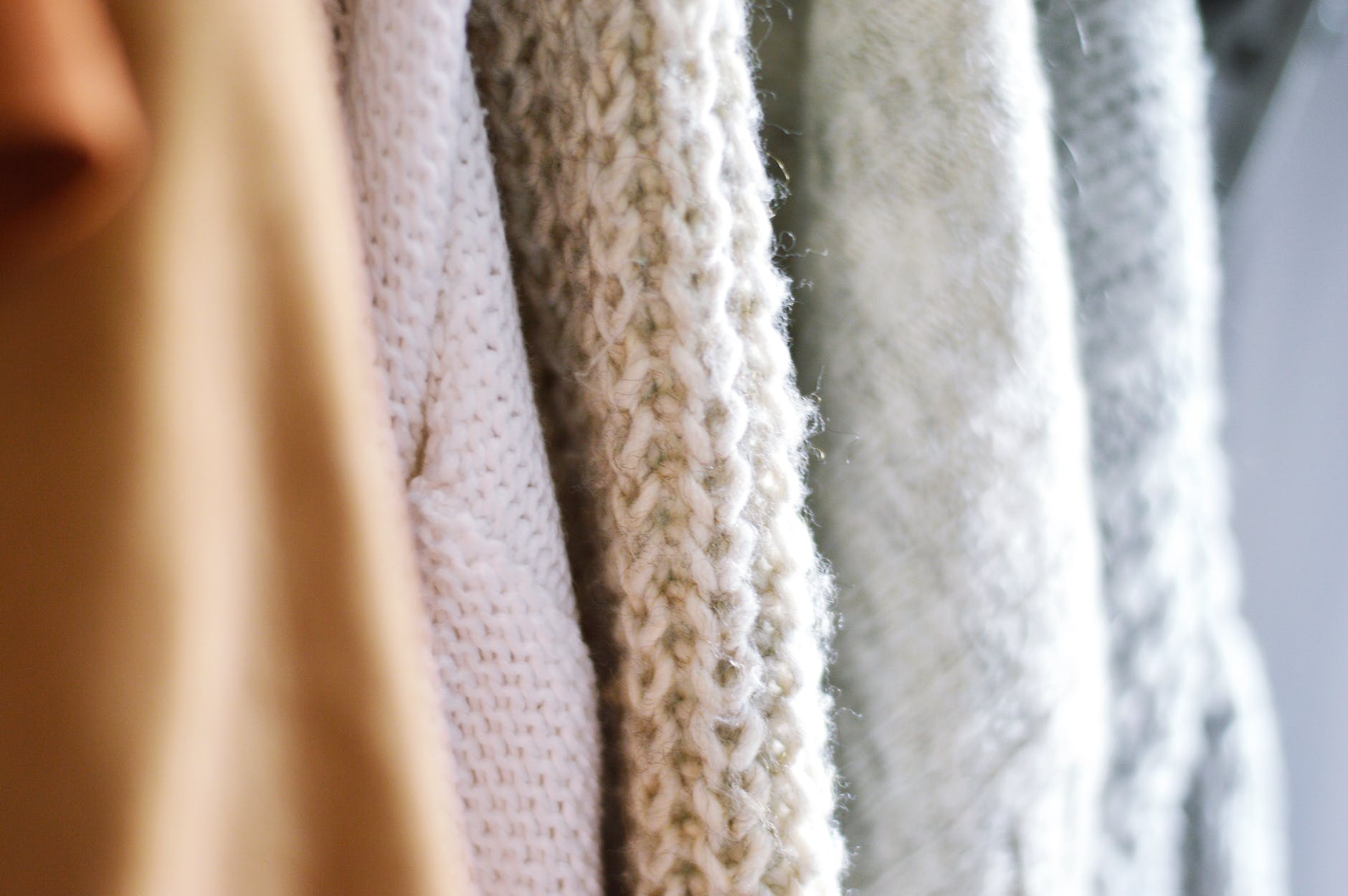Easy Care for Crocheted Items: Blocking, Washing, and Storing Your Creations
Learning how to properly care for crocheted pieces helps them maintain their beauty and last longer. Implementing basic easy care practices like blocking during finishing, washing carefully, and storing items safely can extend the lifespan of your handmade creations. This guide covers crochet care fundamentals every maker should know to keep projects looking their best.
Why Proper Care Matters for Crocheted Items
Crocheted fabric differs from stiff woven cloth in how it responds to blocking, washing and storage. The fibers relax and shift easily, so being gentle is key. Taking steps to care for crochet helps:
- Set the fibers into the intended shape and size
- Prevent stretching, distortion or felting
- Maintain vibrant colors and a smooth surface
- Avoid damage like snags or pulls
- Prolong the lifespan and ensure durability
Making the effort to care for crochet properly shows your skill and respect for the materials and time invested in crafting each unique piece.
Blocking Crocheted Pieces
Blocking is a finishing step that helps set crocheted fabric into its final form. Different methods allow shaping and evening out stitches.
Wet Blocking
Soak piece in cool water. Gently squeeze out excess moisture and lay flat to dry, smoothing and pinning to measurements. Best for plant fibers like cotton that don’t mat when wet.
Steam Blocking
Hold a steam iron just above the fabric surface to relax stitches without compressing texture. Use for wool and other animal fibers prone to matting if soaked.
Spray Blocking
Lightly mist pieces made from delicate or fuzzy yarns. Smooth by hand into shape as the fibers relax. Avoid over-wetting.
Pressing
For acrylic or other synthetic yarns, use a warm iron pressed firmly to set stitches. Note that this may flatten thicker stitches.
Test swatches first when unsure of how a fiber will react. Block individual motifs before joining them to ensure pieces match up. Blocking completes a project and brings out its best drape, sheen and shape.
Washing Crocheted Items
Over time, crocheted pieces will need a gentle wash to refresh. Follow these tips:
Check the Yarn Label
Look for care icons on the yarn label for guidance. Symbols indicate if machine or handwashing is required and drying method.
Use a Laundry Bag
Place the item in a zippered mesh bag and close all buttons, zippers and embellishments to prevent snagging during washing.
Wash Gently by Hand
Use cool water and a mild soap or no-rinse wash formulated for delicates. Avoid harsh detergents, hot water or vigorous agitation.
Rinse Thoroughly
Rinse well with cool water to fully remove all soap residue which can damage fibers over time. Repeat rinses as needed.
Reshape While Damp
Gently smooth back into shape before laying flat to air dry. This helps the fibers conform back to the intended dimensions.
Air Dry Only
Lay flat or hang to fully air dry. Never put crocheted items in the dryer which could cause shrinking or distortion from heat.
With a gentle approach, most crochet pieces can be freshened up safely when dirty. Focus on preventing damage from agitation, heat or chemicals.
Storing Crocheted Creations
Use smart storage methods to protect crochet when not in use:
Avoid Direct Sunlight
Bright light causes fading over time. Store crochet away from windows and direct light sources.
Control Temperature
Store crochet where temperatures remain moderate. Heat can degrade fibers while cold can make threads brittle.
Allow Air Circulation
Place crocheted items in breathable cotton bags or baskets, not airtight plastic. Avoid moist, unaired spaces.
Prevent Pests
Use cedar chips, mint or lavender sachets to deter moths and other insects from setting up home in your yarn projects.
Control Dust
Dust can dull colors and fibers. Keep storage areas clean and cover pieces or place in sealed bins.
Fold Properly
Aim to fold in the same creases each time without twisting or bunching stitches. Insert tissue paper at fold points to prevent creases.
Hang When Possible
Hanging items like shawls or sweaters maintains their shape compared to folding. Cover with a breathable fabric bag.
Cushion Buttons and Embellishments
Pad sharp closures to prevent puncturing or snagging delicate yarn when stacked.
With some care and common sense, you can keep crocheted pieces looking amazing for years to come!
Fixing Minor Damage in Crocheted Items
Even with good care, some wear and tear can occur over the lifetime of a crochet project. Here are tips for repairing minor damage:
Lost or Dropped Stitches
Carefully work a new stitch into the dropped place with a matching yarn and needle to close gaps.
Snags or Holes
Secure edges of snags with seam sealant then stitch closed by hand with matching yarn.
Pilling or Fuzzing
Use a de-pilling shaver or electric razor to gently remove fuzzy pills without damaging good fibers underneath.
Stains
Spot clean stains immediately with a diluted, fiber-safe cleaner. Avoid rubbing or soaking entire piece.
Dye Transfer
Remove transferred color from another item by treating spot with white vinegar followed by hydrogen peroxide. Rinse.
Shape Loss
Gently re-wet or steam block sagging or misshapen areas to help them return to their blocked dimensions.
Don’t be afraid to enlist a trusted professional for repairs beyond your skill level. Taking good care reduces the need for fixes in the first place.
Caring for Your Creations: A Key Crochet Skill
Learning proper finishing, cleaning and storage techniques is an essential skill alongside crocheting itself. Crochet fibers come alive with the care put into a piece as much as the stitches themselves. By implementing easy care practices for every project, you both extend the lifespan of your handiwork and show appreciation for your own artistry as a maker.
